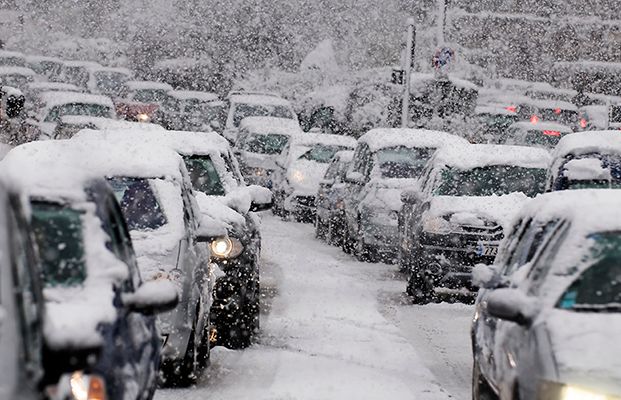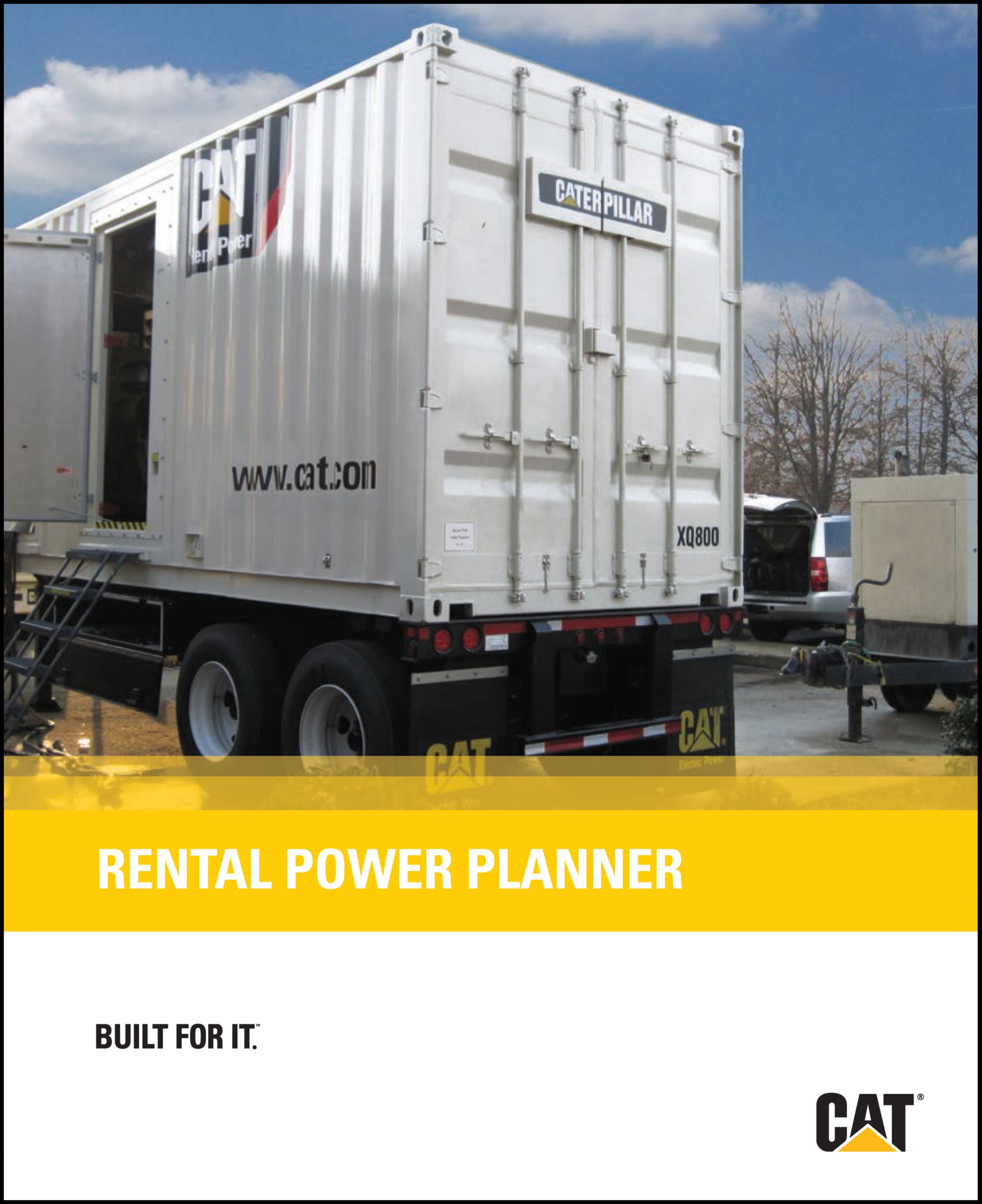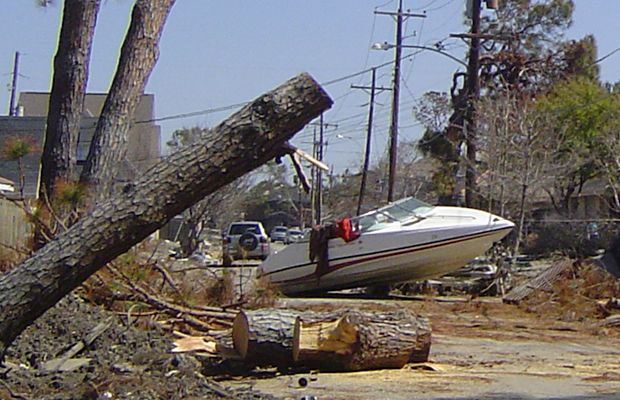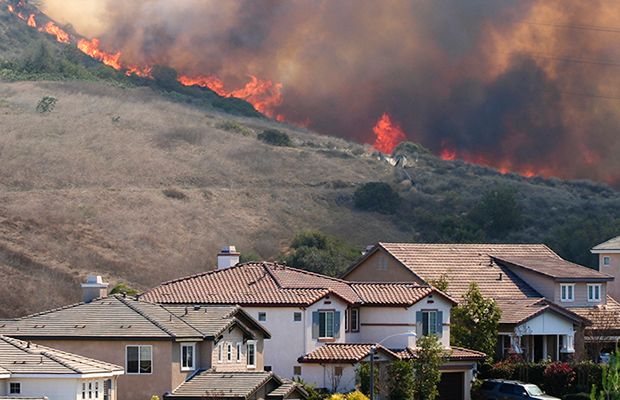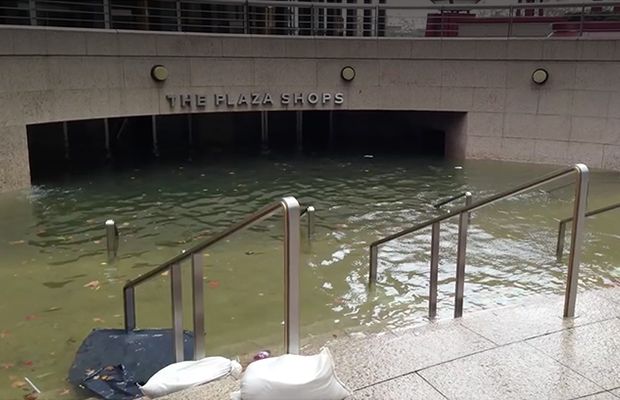

Sign In
Welcome! Sign In to personalize your Cat.com experience
If you already have an existing account with another Cat App, you can use the same account to sign in here
Register Now
One Account. All of Cat.
Your Caterpillar account is the single account you use to log in to select services and applications we offer. Shop for parts and machines online, manage your fleet, go mobile, and more.
Account Information
Site Settings
Security
Rental Power Planner
Electricity is never more scarce and precious than after a disaster. Lights are out, telephones disabled, businesses shut down. People may need food, water, heat, and medical attention. There can be no real recovery without power, yet no one can predict when utility service will come back.
Our Easy, Three-Step Approach
Although critical, planning for power doesn’t need to be difficult. Here are three simple steps that will help you secure and maintain the rental power necessary to carry your facility successfully through a scheduled or emergency shutdown:
1. DETERMINE YOUR FACILITY’S ELECTRICAL LOAD
2. KNOW WHERE TO RENT GENERATOR SETS AND RELATED EQUIPMENT
3. ANSWER THE BASICS, SAVE TIME AND MONEY
Before you rent temporary power, you have to know how much you need.
FULL POWER
If you have to keep your whole facility operating as it would with utility-supplied power, you need to determine your aggregate electrical load.
The quickest, easiest, and most accurate way to do this is to take ammeter readings of your electrical distribution boxes. Take the reading when your company is normally operating at peak load. You may also be able to obtain peak demand readings from your utility bills.
Aggregate loads are also listed on panels of electrical distribution boxes.
PRIORITY POWER
At times, you may want to power only those electrical loads that serve critical functions at your facility. If so, you need to prioritize individual loads.
If you’re not sure what your critical loads are, start by determining the lost profit or other problems that result if your company is without the equipment. Other than life-safety electrical loads powered by your standby generator sets as required by law, examples of critical loads include:
- Lights
- Heating, ventilating, and air conditioning (HVAC)
- Computers
- Process Equipment
- Pumps
Prioritizing will help you decide which loads require power immediately during an emergency. This is important since it may take several hours or longer to secure all of the rental equipment you need onsite during a large-scale emergency, such as a natural disaster.
In most buildings, a separate distribution box will feed critical loads. In this case, you may only need enough temporary power for the loads served by that set of circuit breakers.
You can also decide to power specific critical loads served by separate circuit breakers within a distribution box. To do so, take an ammeter reading of the distribution box during the off-hours at your facility with the equipment you don’t need shut off and the critical loads on. The ammeter will tell you how much power you need to serve the critical loads since that is all the distribution box is feeding. However, it’s important that the non-critical loads are shut off and kept off when rental power is hooked up.
If you want to power individual pieces of equipment that use motors, amperage and voltage information is listed on nameplates. You can list this information and all your power needs on the downloadable worksheet on this page.
An additional note: Rental power is often used to back up standby gensets during scheduled and emergency outages. To find out how much temporary power you need for standby service, contact the company that supplied the standby generator or a qualified rental generator set dealership.
Your rental gensets are only as reliable as the supplier who backs them. In planning for temporary power, find a rental dealership that has the equipment you need and a staff qualified to solve your problems and service the machines.
Visit the dealership to get to know the people you’ll need to rely on during scheduled shutdowns and emergency power outages.
Supplier selection criteria could include:
INVENTORY
The supplier should have all necessary equipment in stock – gensets and accessories – or be willing to commit to getting it on demand. Suppliers who do not have the equipment available in the region must have the capability to import it in an emergency.
SERVICE AND SUPPORT
The supplier should be willing to deliver the gensets and, in some cases, additional equipment including power cables, transformers, and more. In addition, suppliers should train local personnel in the equipment operation or, if necessary, provide staff for operation, service, and maintenance.
LOCATION
At a minimum, the supplier should be strategically located to serve major population centers. The ideal supplier will have multiple locations from which to deliver equipment and dispatch support staff.
EXPERIENCE
Longevity in business can be a good indicator of a supplier’s reliability. Suppliers should be willing to discuss their track record in delivering and installing equipment under tight deadlines, as well as their experience in emergencies. Reputable suppliers will always provide references.
TERMS
When renting gensets for emergencies, it is not always possible to secure an absolute guarantee for the availability of the equipment. However, some suppliers offer contracts that provide a “right of first acceptance.” In this arrangement, a party pays the supplier a retainer fee for an allocation of specified equipment. In return, the supplier agrees not to release that equipment to another entity without the first party’s consent.
Here are basic questions to ask:
- What is the kilowatt (kW) range of your genset rental fleet?
- Can you deliver immediately? If not, how long will it take?
- What if I need a genset in the middle of the night or during a holiday?
- Who supplies the fuel?
- How are your rental contracts structured? How flexible are they?
- Have you ever rented gensets to customers in my industry?
- What equipment/manpower do I need to provide?
- What technical service/support do you offer?
- How do I know my rental units are reliable?
- What happens if a genset I rent goes down?
- Do you have cables and other equipment I may need?
- Can you train my staff to hook up and operate the equipment? How long will it take?
- Can I obtain pre-approved credit so I can avoid delay during an emergency outage?
- Can you supply an operator?
There are many things to consider before the power goes off at your facility.
How will the gensets get from the dealership to the facility?
Most dealerships deliver, but if you pick up the equipment yourself, you need to determine what size truck you will need. Most gensets are towed on semi-trailers and pull trailers. Others are skid-mounted and require lifting equipment for loading and unloading.
Where will you put the gensets?
The largest gensets measure 8 feet wide by 40 feet long (2.5 meters wide by 12 meters long). If tight quarters are a consideration, two or more smaller units will perform just as efficiently.
When it comes to accessory requirements, cables must be provided to connect the gensets to the building’s electrical system.
Transformers, load banks, bus bars, distribution panels, feeder plants, fuses, outlets, load centers, and other accessories may also be necessary.
How will you get cable from the gensets outside your building to electrical distribution boxes inside?
Consider installing a weatherhead or a cable access door in an outside wall of your facility that can be closed when not in use. Then, you won’t need to route cables through windows and doors that should remain shut during off-hours or inclement weather.
Can you store enough fuel close to the area where you plan to keep the gensets?
During extended genset runs, an auxiliary tank of fuel with capacity for at least 24 hours of run-time will reduce service calls from your fuel supplier.
Do you have people on staff who can hook up the gensets and check to ensure they will operate properly?
If not, make sure your dealership or an electrical contractor can do the hookup, or have the dealership walk your staff through the procedure.
Your dealership should have people on staff to help you plan out your fuel capacity, cabling needs, and on-site support.
KEY GENERATOR SET FEATURES TO SPECIFY:
Your local Cat dealer has many kinds of Cat Rental Power gensets and features to choose from.
Here are a few you should consider:
- Sound-attenuation: You’ll need quiet gensets, called sound-attenuated units, if your facility is close to homes or other businesses.
- Auto start/stop connections: This is a critical feature if you are using the rental gensets to back up permanent standby units. Auto start/stop will automatically start a rental generator if a standby unit goes down.
- Distribution panel labeling: This helps inexperienced operators safely identify output voltages.
- Radiator, exhaust discharge: Some gensets feature vertical radiator and exhaust systems to direct heat and exhaust gases up and away from people and buildings. These features are important in populated or high-traffic areas.
- Electronic governors: Specify these if you have critical loads that cannot tolerate fluctuations in electrical frequency. Examples include computers, motor-driven equipment, and other machines backed up by Uninterruptible Power Supply (UPS) systems.
- Output bus bars: Bus bars should be spaced to allow for multiple output cable hookup. This lets you run several pieces of equipment off one rental genset.
- Fuel capacity: Check the fuel capacity and consumption rate to determine how many tanks of fuel will get you through your rental period. Gensets should operate at least eight hours without refueling.
- Fuel priming pump: This ensures easier starts after transport.
- Charging alternator: This ensures batteries are charging when units are operating. Note: An outside power source is required for standby gensets if the unit is equipped with battery chargers and/or space heaters and jacket water heaters.
- Sight gauges: Properly positioned sight gauges for fuel and other critical fluids speed up spot-checking, letting your staff spend more time on other matters.
- Security: Gensets should be virtually tamperproof. Look for lockable doors, oil/water drains mounted inside enclosure, and hidden exterior fuel drains. All connections, such as output bus bars, should be covered.


PLANNING IN CONTEXT
Arranging for equipment is only the first step in emergency power planning. The true test of a plan is how well it functions in practice. A power outage alone can create major logistical challenges as public agencies and businesses rush to provide temporary power.
For example, an outage affecting a large area can require the shipment of hundreds or even thousands of rental gensets within days. The challenges multiply after a natural disaster, as delivery of power must coordinate with the distribution of many necessities such as medical supplies, food, clothing, household goods, and building materials.
An effective plan assigns priorities to all major goods and services and their delivery. In a world that increasingly depends on electricity, a strong argument can be made for giving top priority to rental power. The sooner power is installed, the more efficiently all other materials and services can be delivered. Emergency planners must ensure that power for all purposes – public and private – arrives where it is needed and as quickly as possible.
Not all barriers are physical. For international shipments, slowdowns in customs can significantly delay delivery of power. Planners should consider proposing special legislation to allow generator sets to be imported in emergencies. Provisions allowing temporary, duty-free imports of equipment can greatly expedite delivery. Contracts established with freight companies during the planning phase may increase the availability of ships or air transport when a disaster occurs.
Finances are another stumbling block to be avoided. As part of planning, emergency management agencies should agree on payment terms with rental power suppliers. This may include issuing a letter of credit from a financial institution or budgeting the necessary funds.



FINE-TUNING THE PLAN
An emergency plan is a living document. It should be revisited and updated regularly.
It is wise to test your plan by involving the local electric utility in simulation drills. During an actual emergency, coordination between utility staff and emergency personnel can improve the use of rental equipment.
Disasters are unpredictable and even the best plan will not eliminate the need for good judgment and resourcefulness.
However, a solid plan immediately moves disaster recovery several steps forward. It makes critical actions easier and provides a basis for sound decision making as the event unfolds.

